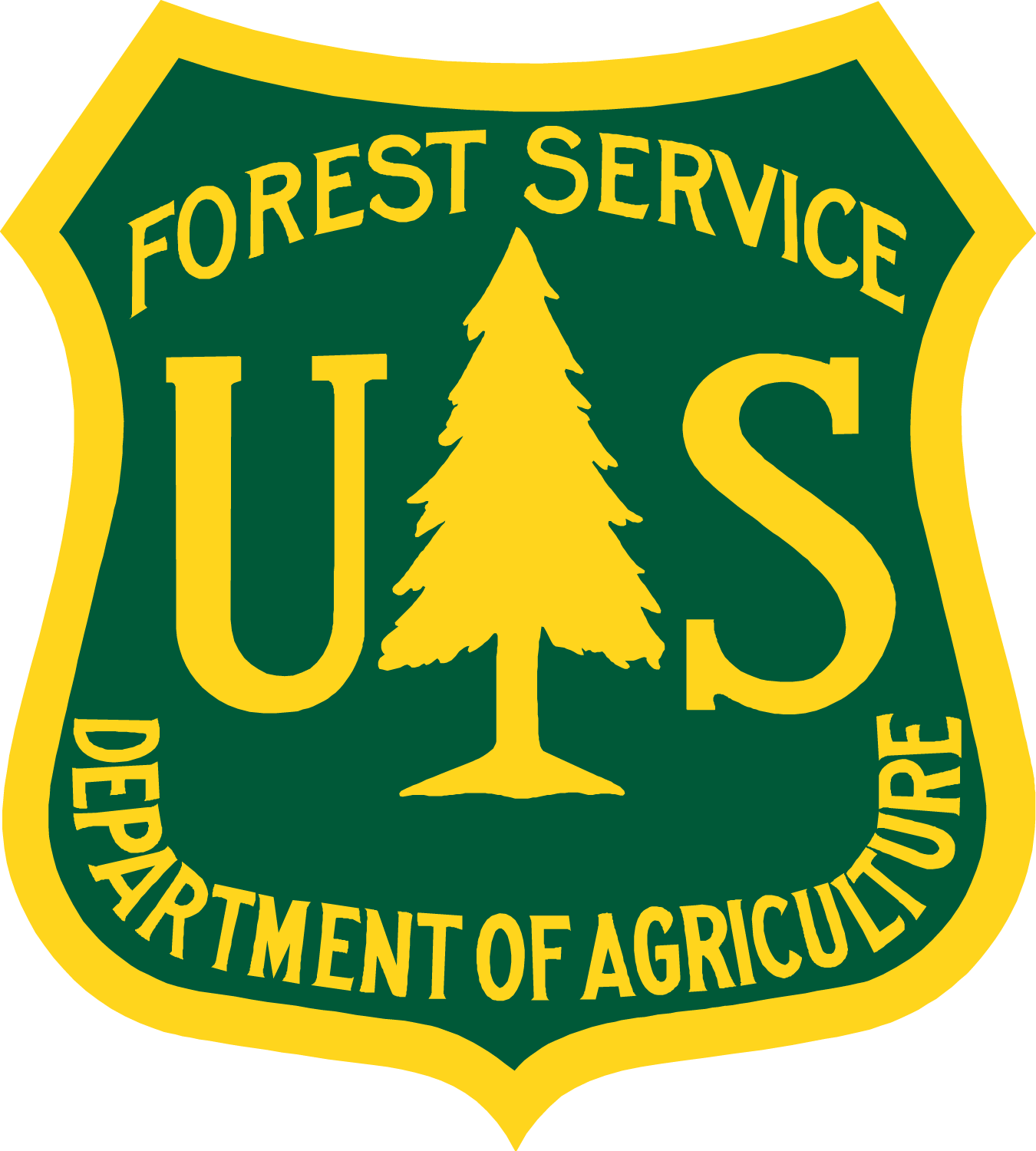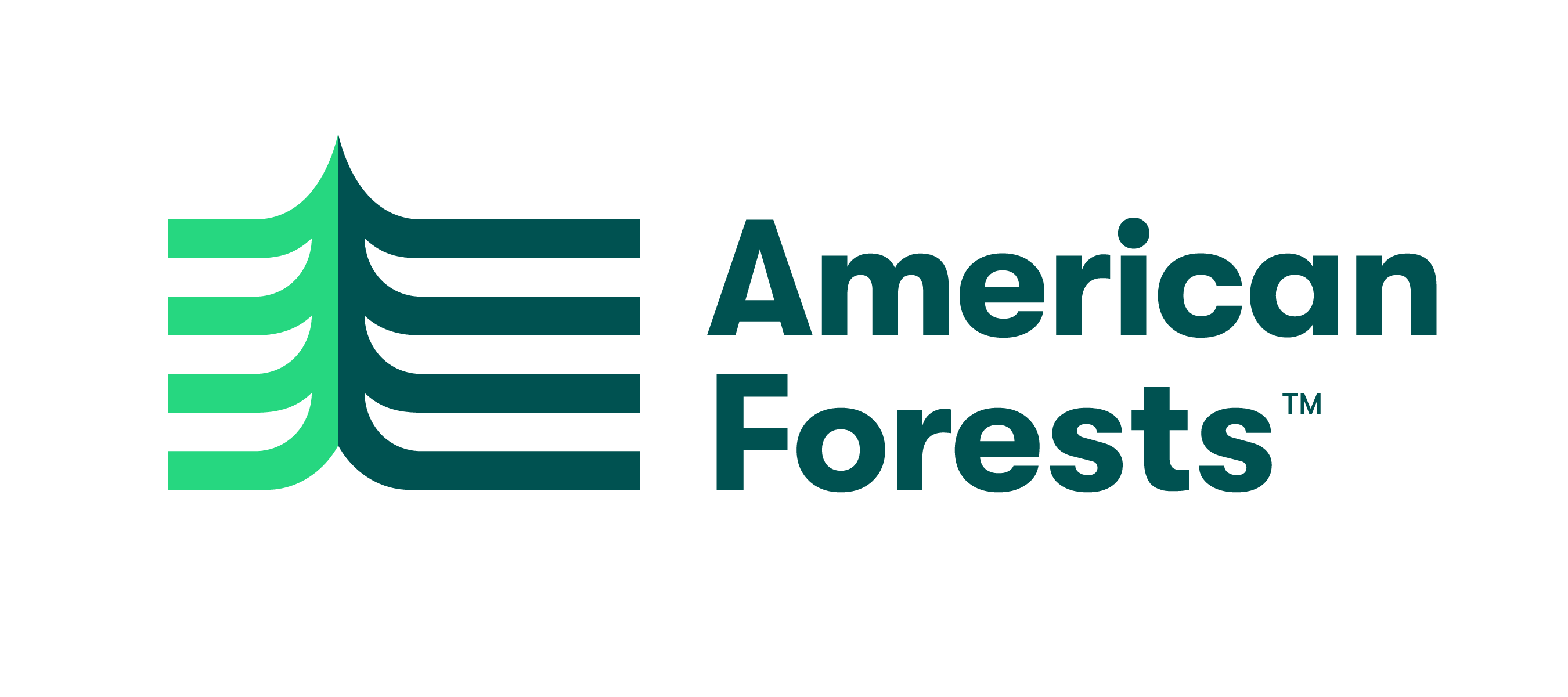Fuel
- Reusing wood as fuel is a practical method of reducing dependency on more expensive energy sources. For instance, in some Canadian communities, wood pellets often cost more than two times less than propane.
- Recycling wood from the urban community and repurposing it in new ways allows a reduction in dependency on nonrenewable resources like fossil fuels, and wood’s renewability further makes it a superior fuel source to coal. Hossain, Md. U., Leu, S., Poon, C. S. (2015). Sustainability analysis of pelletized bio-fuel derived from recycled wood product wastes in Hong Kong. Journal of Cleaner Products, Vol. 113, 400-410.
Mulch
- Mulch is easily made from various forms of urban wood waste and it can be sold to gardening companies or donated to local parks or residents for use on trails or in gardens. It has been proven to reduce erosion when applied to highway embankments and on trails. De Oña, J., Osorio, F. (2006) Using compost from urban solid waste to prevent erosion in road embankments. Journal of Environmental Science and Health, Part A, 41:10, 2311-2327.
Furniture and Art
- “Character wood”, or uniquely shaped pieces with knots and other deformities, is often used for furniture, including in trendy restaurants, and art sculptures. Bratkovich, S., Bowyer, J., Fernholz, K., Frank, M., Howe, J. (2013). The current state of wood reuse and recycling in North America and recommendations for improvements. Dovetail Partners, Minneapolis, MN.

Urban Industrial NWPortland, OR
Nanocellulose
- Nanocellulose is an emerging material generally made inexpensively from any wood pulp, including landscape waste. It is transparent, lightweight, flexible, stronger than steel, stiffer than Kevlar, and conducts electricity.USDA Forest Service. Nanocellulose Pilot Plant. Forest Products Laboratory.
- Its applications are wide reaching, including digital displays, reinforcing plastic, strengthening armor for military uses, a stronger, cheaper substitute for glass and carbon fiber in automotive and aerospace products, strengthening paper products such as paper towels and even as a food thickener since it’s just compress plant matter. USDA Forest Service. Nanocellulose Pilot Plant. Forest Products Laboratory.

- The US Forest Service opened the first US nanocellulose plant in Madison, Wisconsin for $1.7 million, making it only the third in the world.


